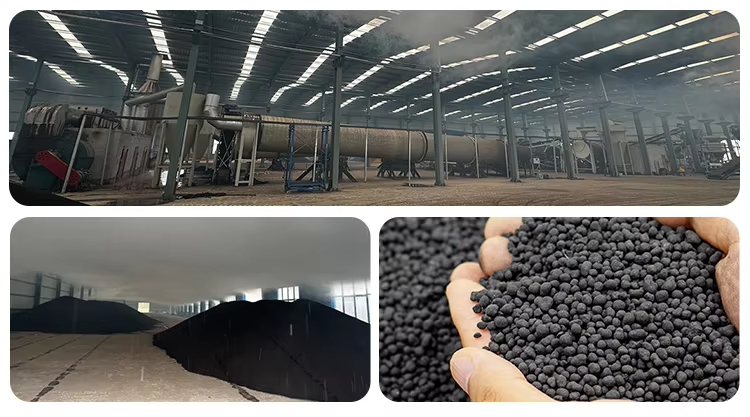

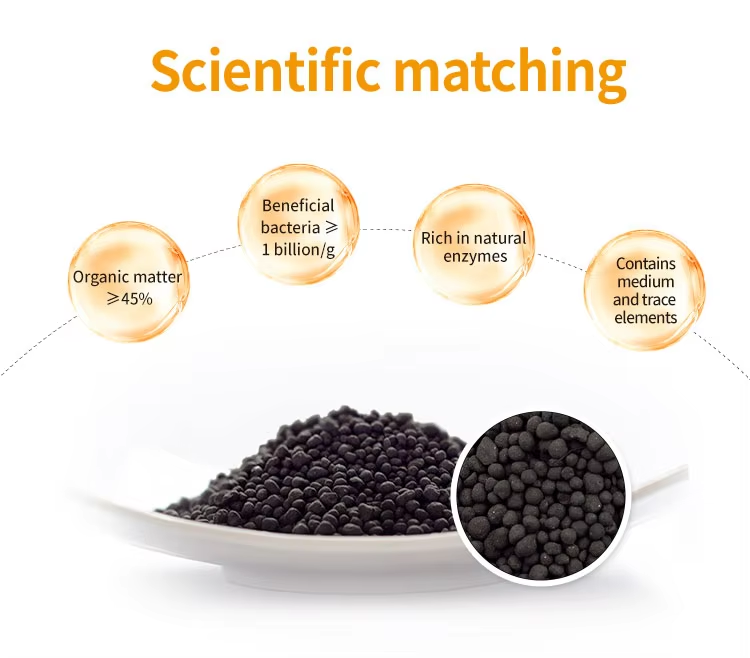
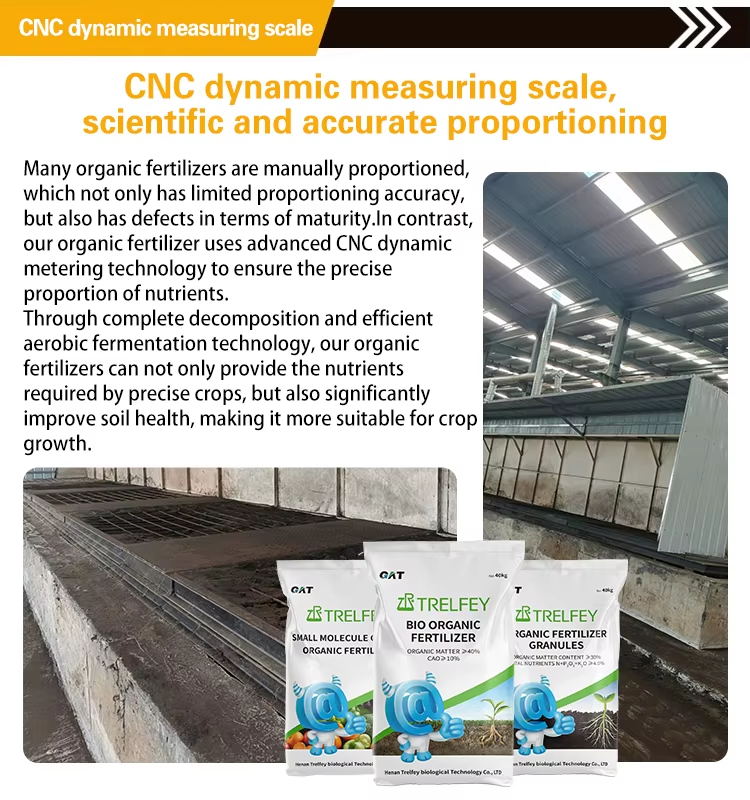
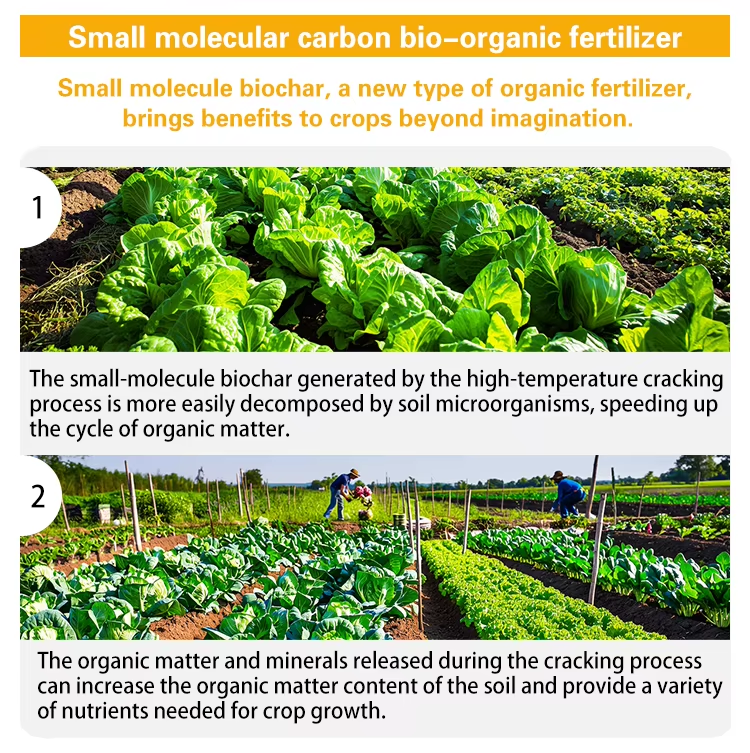
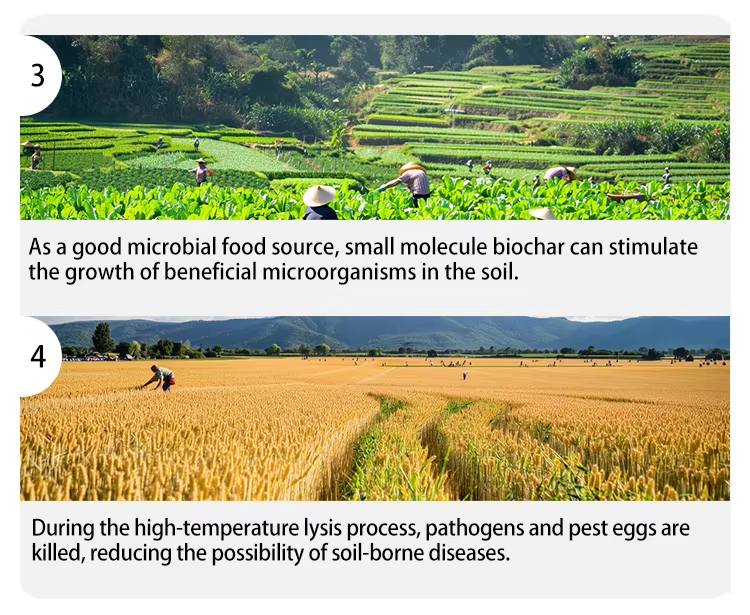
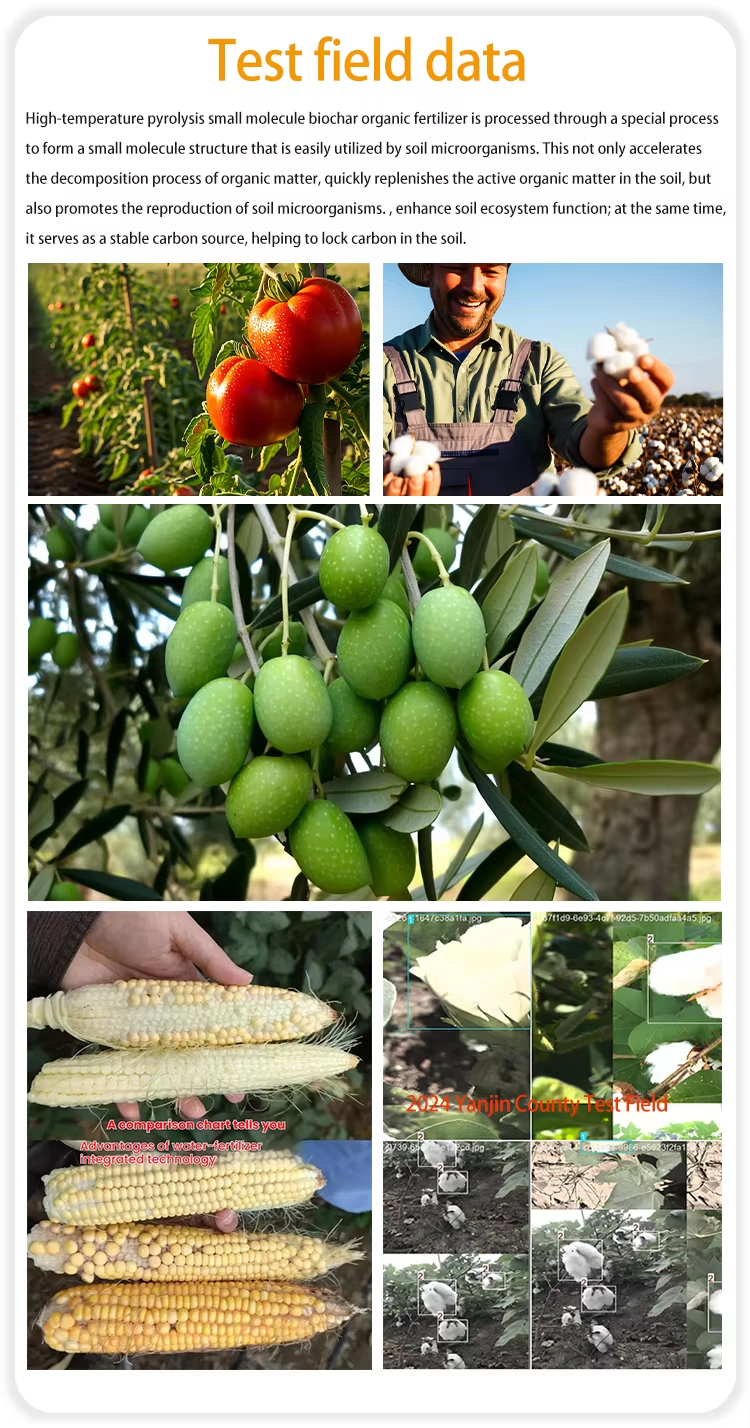
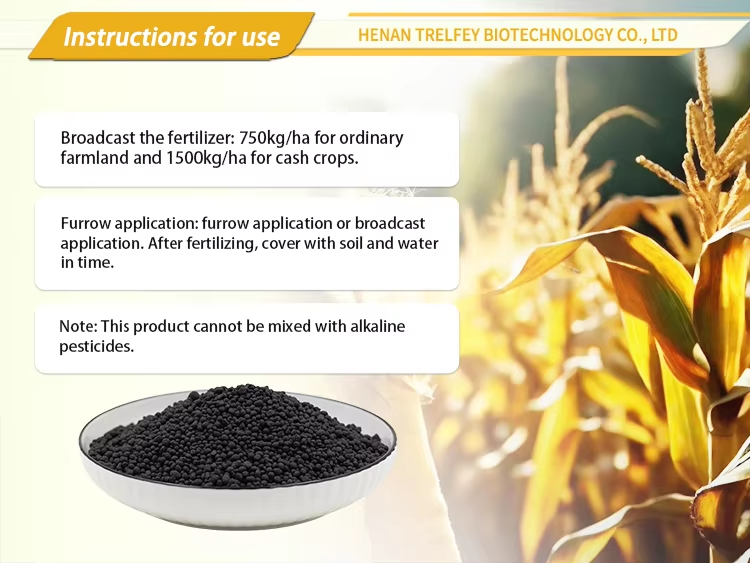
Small Molecular Carbon Bio-Organic Fertilizer: Revolutionize Soil Health & Boost Crop Yield
Small molecular carbon bio-organic fertilizer represents a breakthrough in sustainable agriculture, specifically engineered to address the pressing challenges of soil degradation and nutrient inefficiency. This granular fertilizer, produced through advanced high-temperature pyrolysis technology, contains ≥45% organic matter, ≥4.0% total nutrients (N+P₂O₅+K₂O), and ≥1 billion CFU/g beneficial microorganisms. It is ideal for fertilizer wholesale factories and large-scale farming operations seeking to improve soil structure, enhance water retention, and promote robust crop growth across diverse agricultural systems.
Key Benefits for Wholesalers and Farmers
Enhanced Soil Structure and Water Retention
One of the most significant advantages of this small molecular carbon bio-organic fertilizer is its ability to improve soil porosity and water-holding capacity. The small molecular carbon structure, derived from pyrolyzed poultry manure, creates a stable soil matrix that reduces compaction and enhances root penetration. Moreover, it increases water retention by up to 20%, which is particularly beneficial in arid regions of West Africa and Southeast Asia.
Increased Nutrient Availability and Efficiency
This fertilizer significantly enhances nutrient use efficiency, thanks to its high content of organic matter and beneficial microorganisms. The bioactive compounds facilitate the release of locked-up nutrients in the soil, making them more accessible to plants. As a result, farmers can achieve better crop performance with reduced reliance on chemical fertilizers.
Sustainable and Eco-Friendly Solution
For wholesalers and large-scale farmers, this product offers an environmentally responsible alternative to conventional fertilizers. It supports long-term soil health, reduces chemical runoff, and promotes biodiversity within the soil ecosystem. This aligns perfectly with the growing global demand for sustainable agricultural practices.
Advanced Technology Behind the Product
High-Temperature Pyrolysis Process
The production involves a state-of-the-art high-temperature pyrolysis process that transforms poultry manure into stable small molecular carbon. This method not eliminates pathogens and weed seeds but also concentrates beneficial nutrients and organic compounds, ensuring a safe and highly effective product.
Microbiological Enrichment
In addition to its rich carbon content, this fertilizer is infused with a high density of beneficial bacteria (≥1 billion CFU/g). These microorganisms play a crucial role in nutrient cycling, organic matter decomposition, and suppression of soil-borne diseases, further enhancing crop health and productivity.
Application Guidelines for Optimal Results
Recommended Usage Rates
-
Field Crops (e.g., rice, corn, wheat): Apply 1.5-2.5 tons per hectare as a basal fertilizer before planting or during tillage.
-
Vegetables and Horticultural Crops: Use 2-3 tons per hectare, incorporated into the soil before transplanting or sowing.
-
Fruit Trees and Plantations: Apply 3-5 kg per tree for young trees and 10-15 kg for mature trees, distributed evenly within the drip line.
Method of Application
For best results, broadcast the fertilizer evenly across the field and incorporate it into the soil through plowing or harrowing. It can also be applied in bands for row crops or in planting holes for trees and shrubs.
Compatibility and Precautions
-
This fertilizer can be used alongside chemical fertilizers but should be applied separately to avoid direct contact.
-
Store in a cool, dry place to maintain microbial viability.
-
Avoid using with strong alkaline or acidic substances to prevent nutrient loss and microbial damage.
Suitable for a Wide Range of Crops
This versatile fertilizer is suitable for numerous crops, including but not limited to:
-
Cereals: Rice, wheat, corn, barley, sorghum
-
Cash Crops: Cotton, sugarcane, tobacco, tea, coffee
-
Vegetables: Tomatoes, peppers, cucumbers, leafy greens, carrots
-
Fruits: Citrus, apples, grapes, mangoes, bananas
-
Legumes: Soybeans, peanuts, peas, beans
-
Specialty Crops: Medicinal herbs, flowers, strawberries, blueberries
Why Choose Our Product?
Tailored for Wholesale and B2B Partnerships
We specialize in supplying bulk quantities customized to meet the needs of fertilizer wholesale factories and large agricultural enterprises. Whether you require specific packaging sizes (standard 40kg bags or customized options) or technical support for your clients, we are committed to providing solutions that enhance your business operations.
Proven Results in Target Markets
Extensive field trials in West Africa and Southeast Asia have demonstrated that our fertilizer can increase crop yields by 15-25%, improve soil organic matter content, and reduce irrigation requirements by up to 20%. These benefits make it an excellent choice for farmers and wholesalers looking to enhance productivity and sustainability.
(FAQ)
How does small molecular carbon bio-organic fertilizer improve soil health?
It enhances soil structure, increases water retention, and promotes microbial activity, leading to improved nutrient cycling and reduced soil erosion.
Can this fertilizer replace chemical fertilizers completely?
While it can significantly reduce the need for chemical inputs, optimal results are achieved when used in combination with balanced mineral fertilization.
Is this product suitable for organic farming?
Yes, it is made from natural materials and complies with organic farming standards. It is an excellent choice for certified organic operations.
What is the shelf life of the product?
When stored in a dry and cool environment, the fertilizer remains effective for up to two years.
How does it benefit farmers in water-scarce regions?
Its ability to improve soil water retention helps crops withstand drought conditions, making it ideal for arid and semi-arid regions.
External Resources for Further Reading
If you are interested in this article, or have any questions that need to be answered,
You can find us at any time through the chat icon in the lower right corner of the webpage. Of course, you can also check out our other social media
(such as Linkedin) to learn more about us. If you need to know more products, please click on our store.
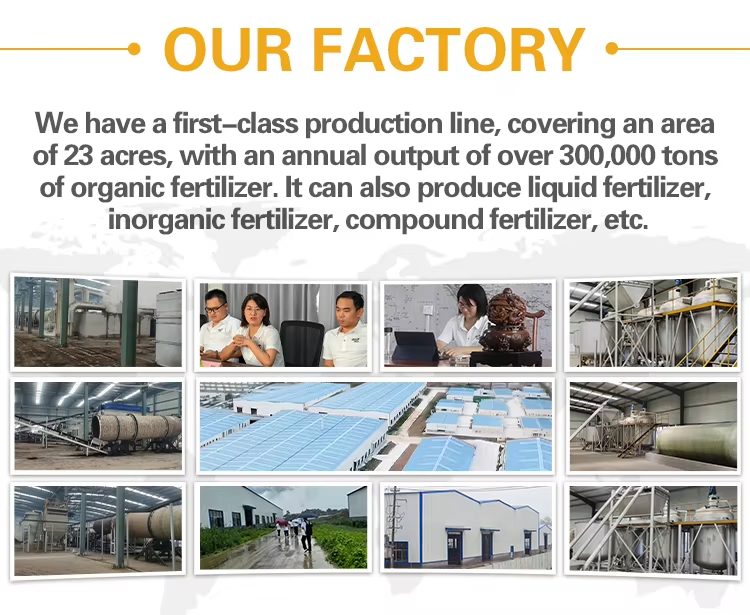
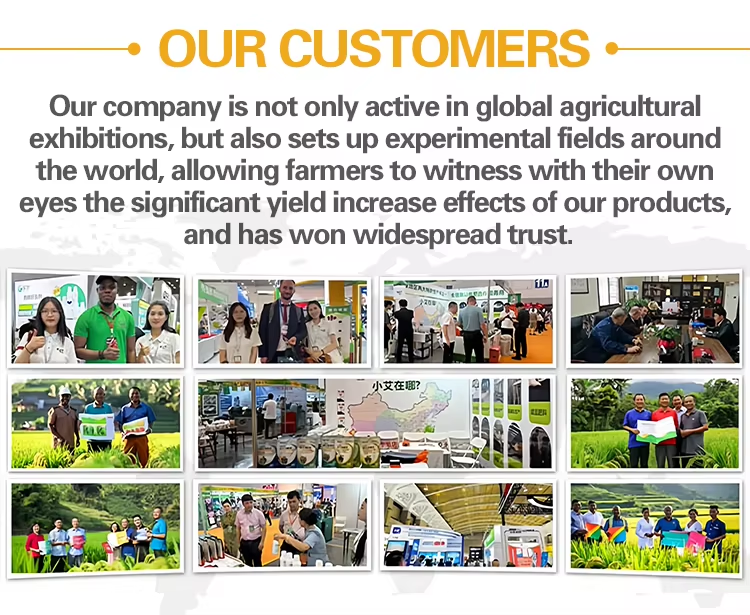
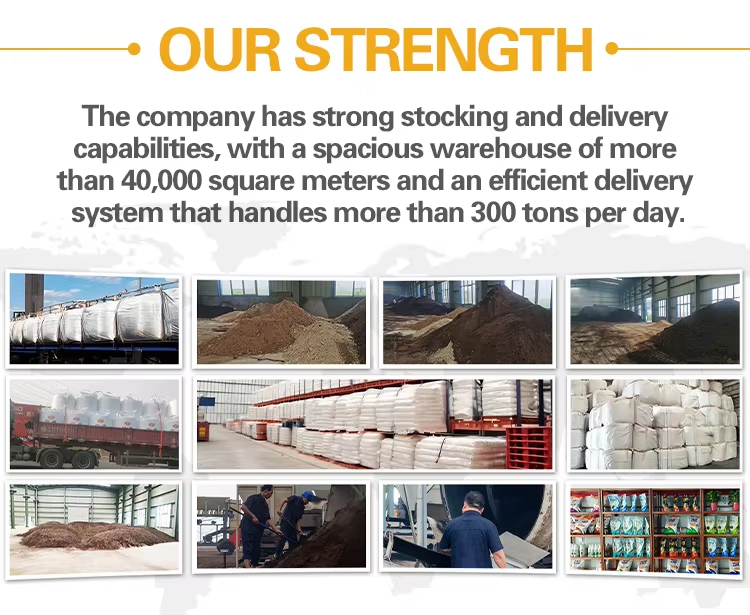
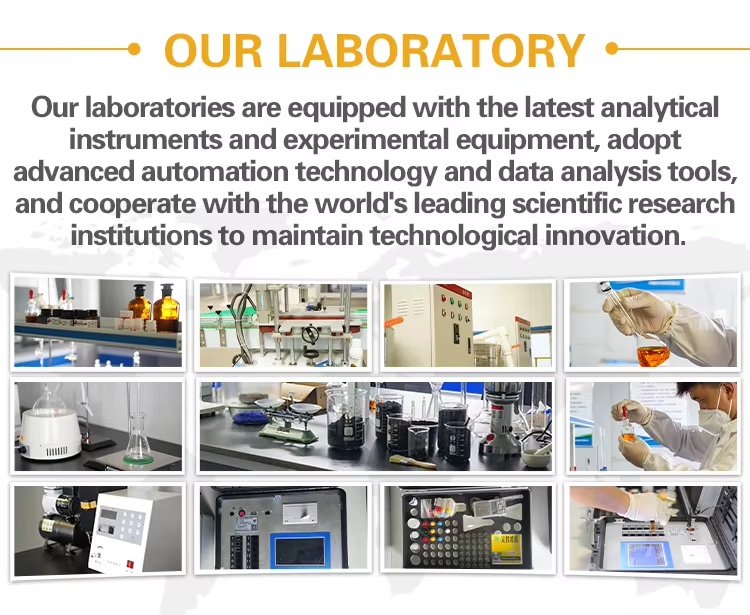

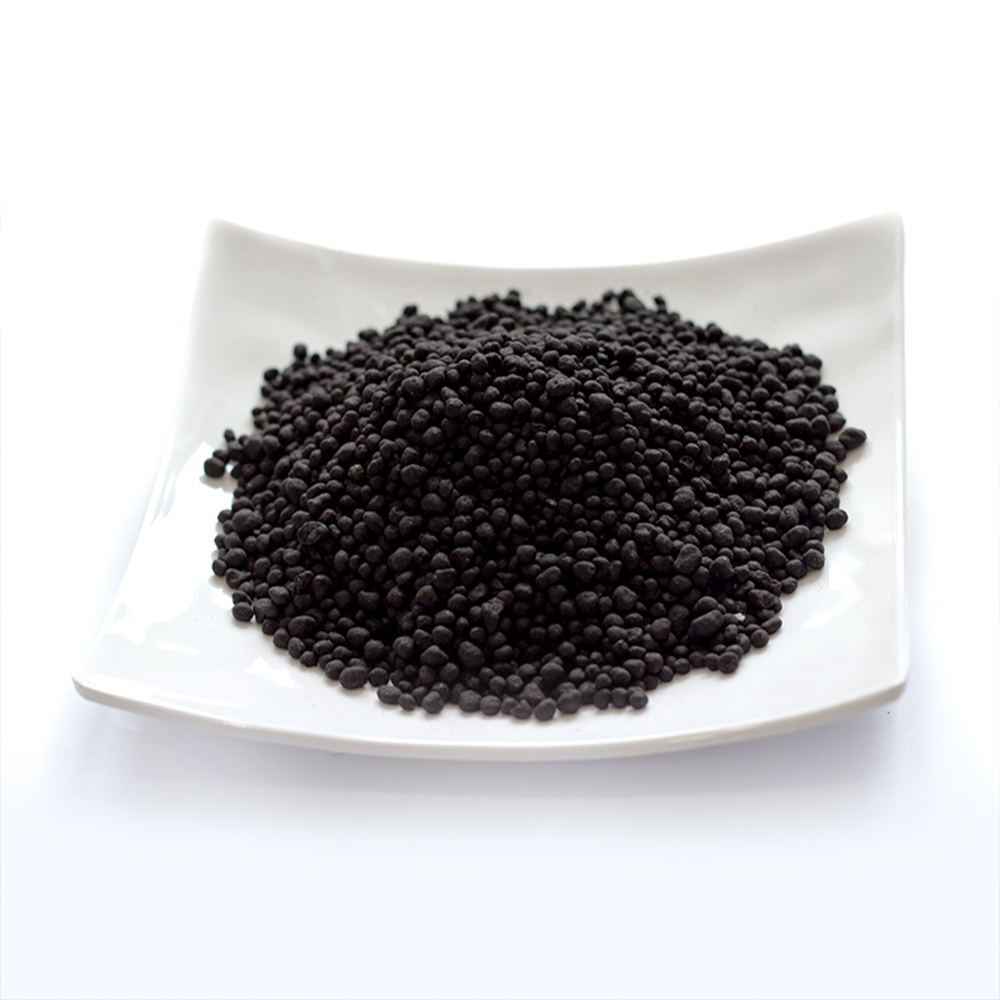
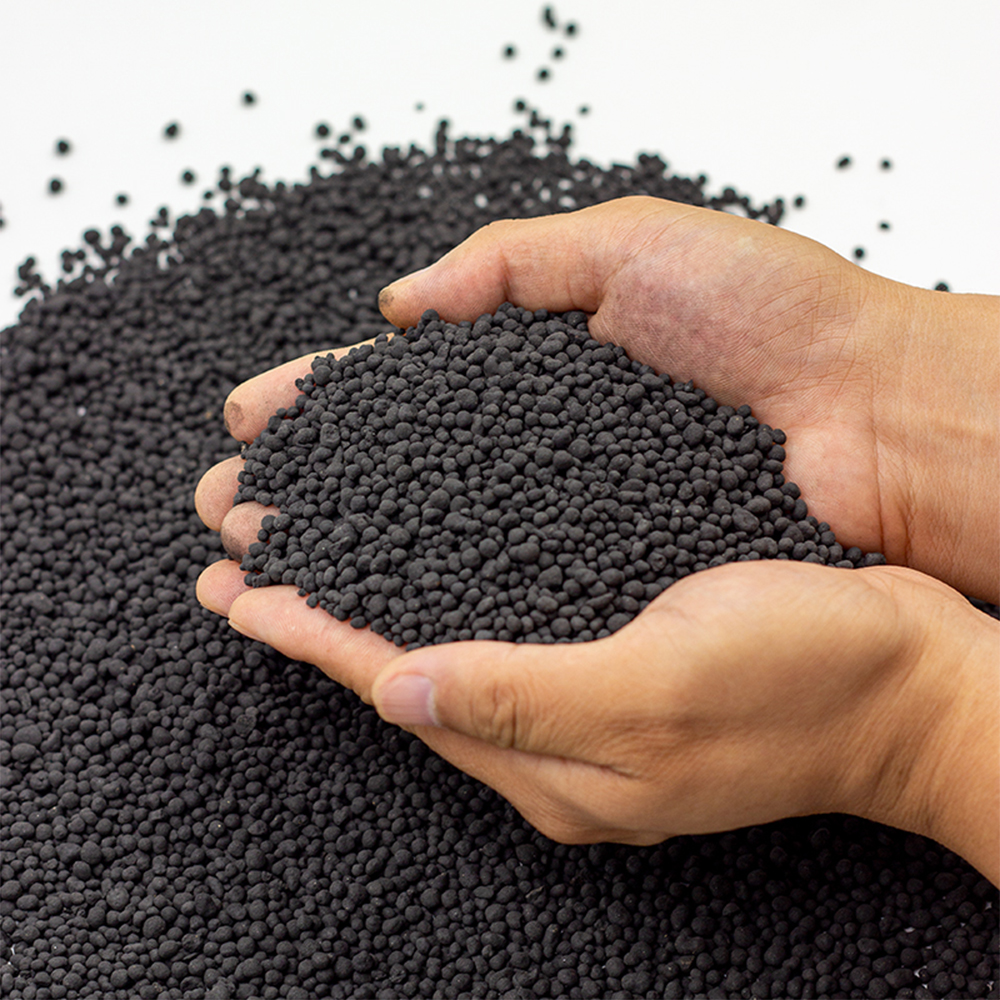
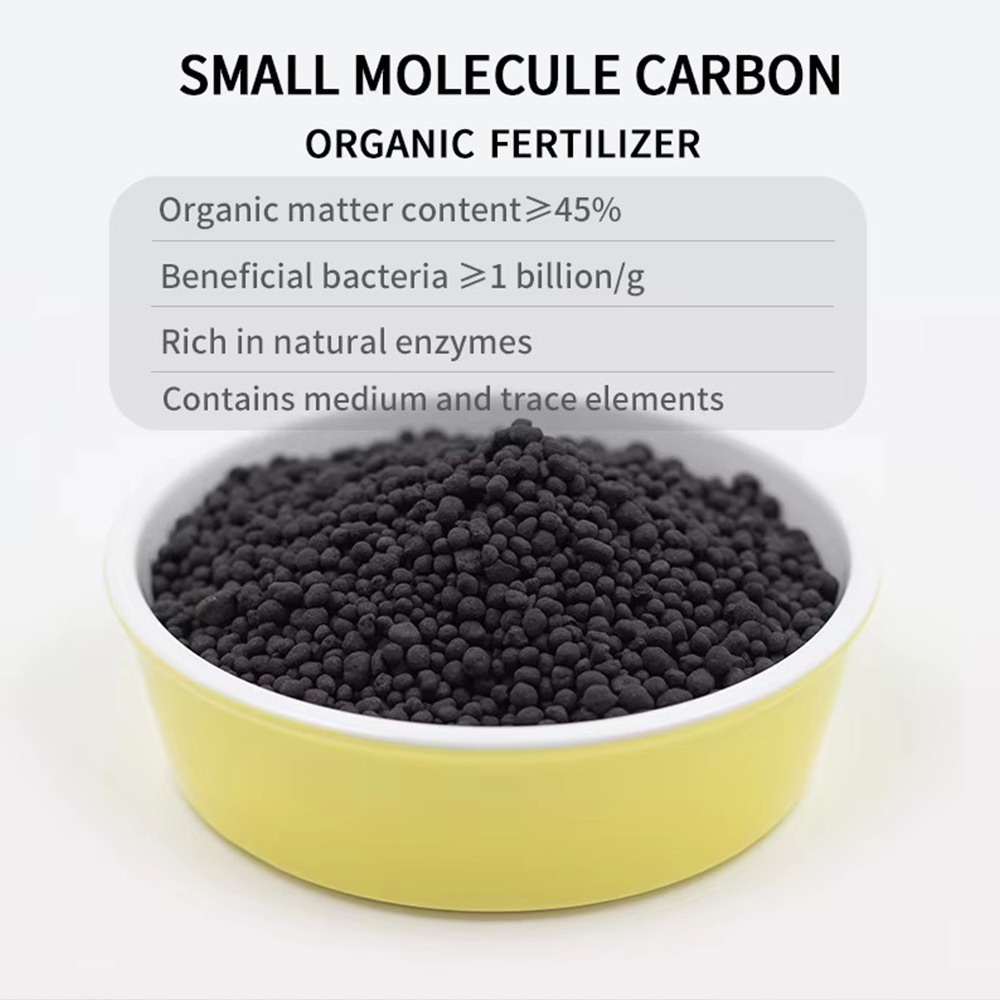
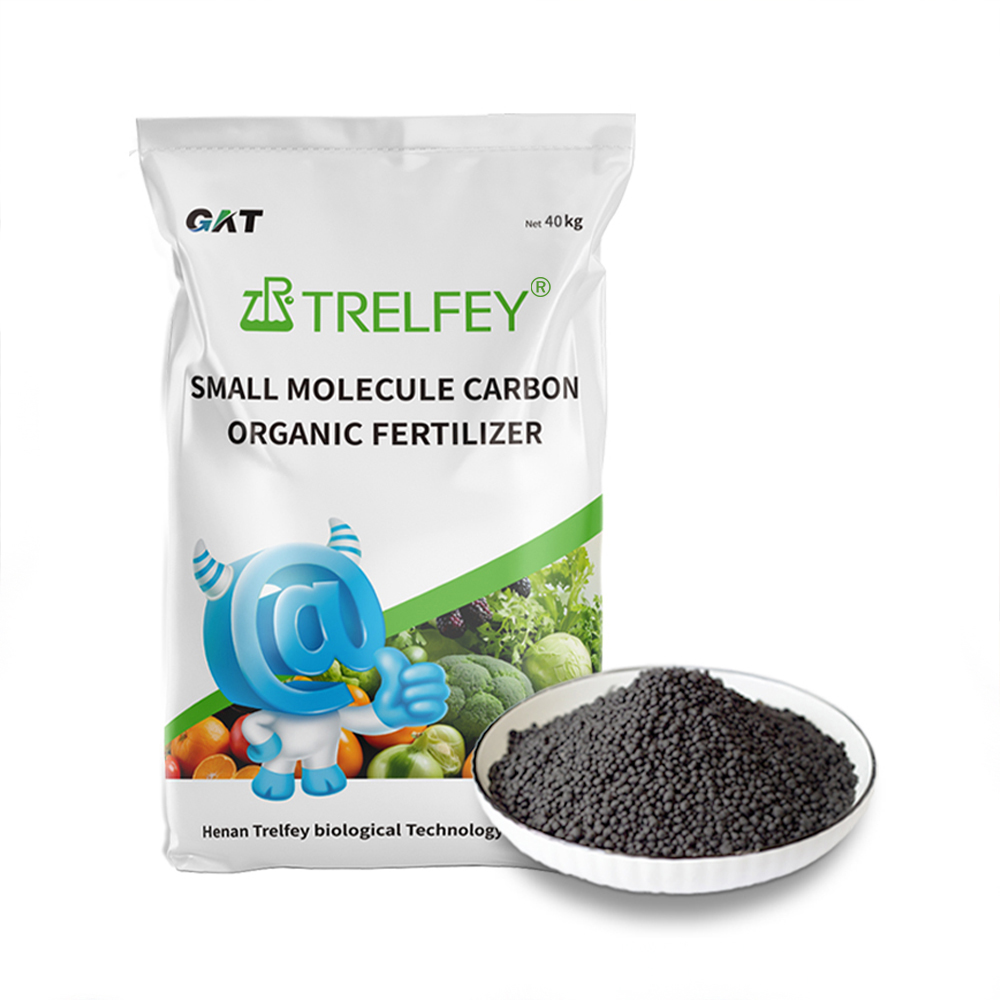
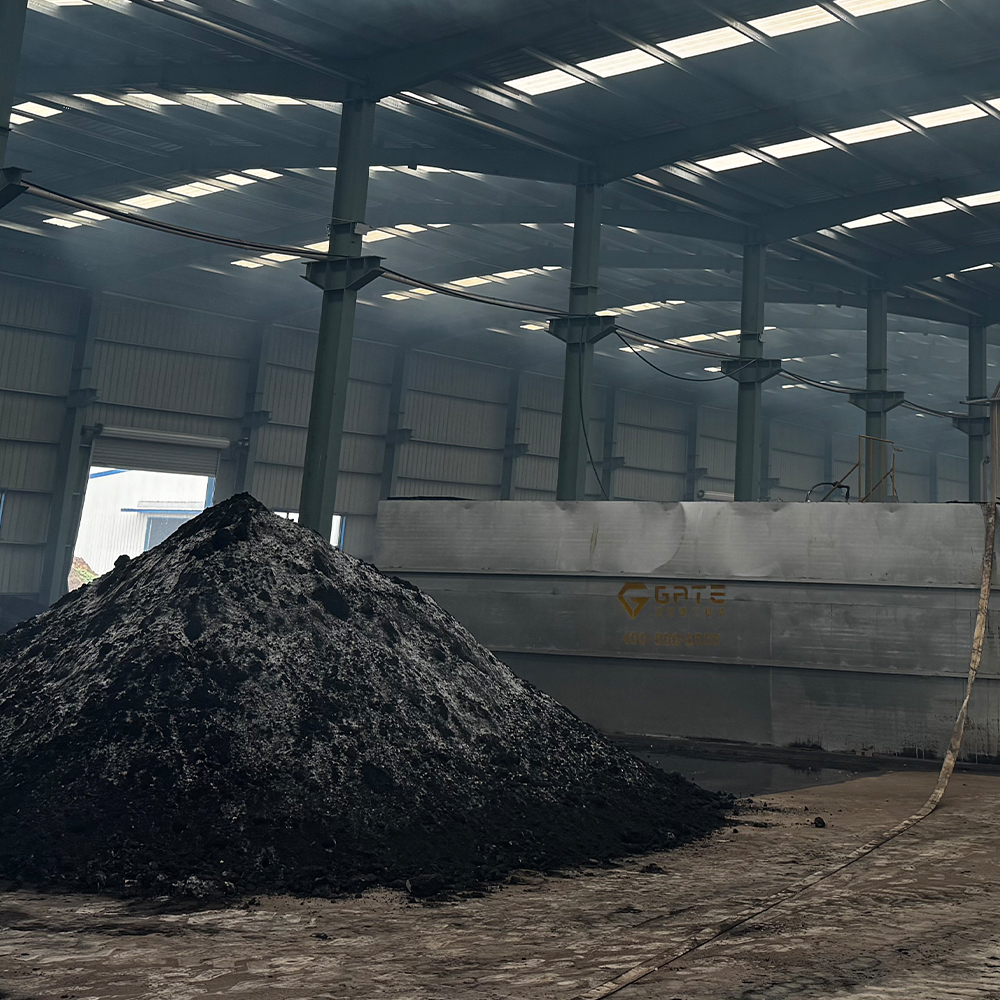
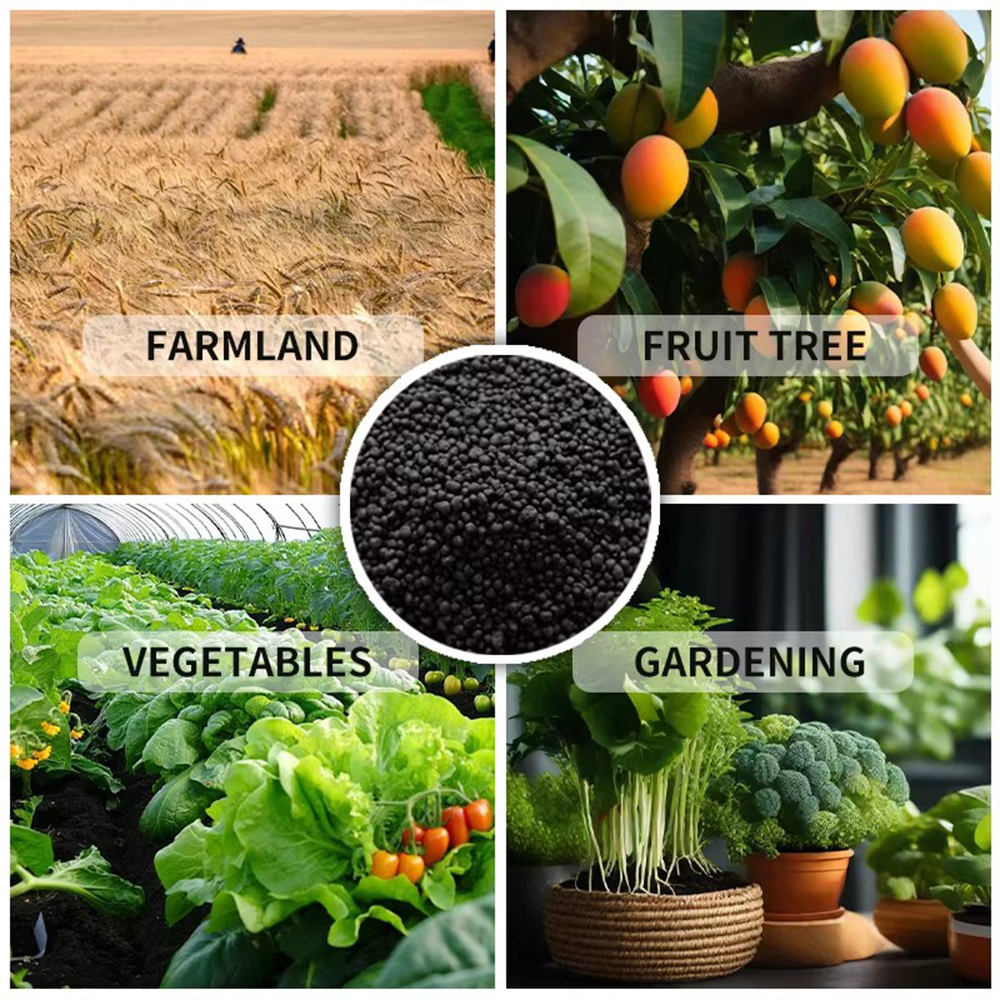
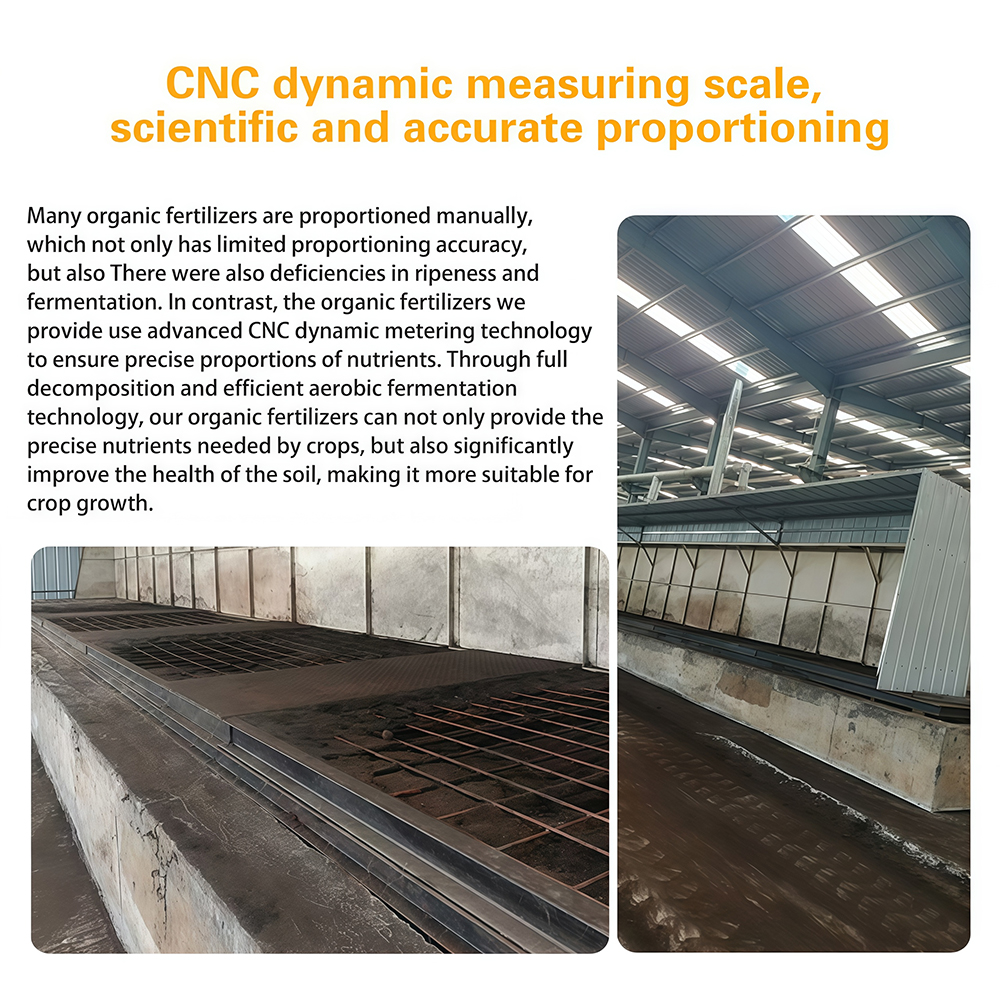
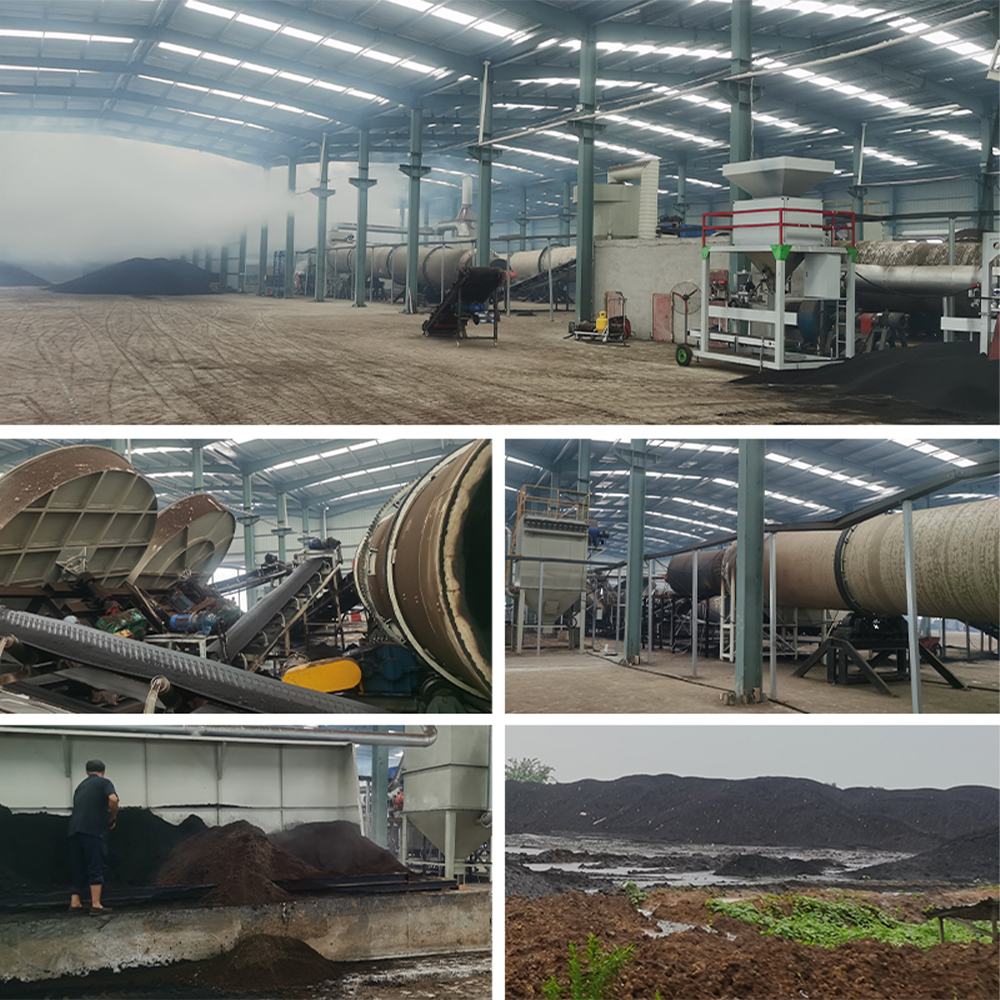
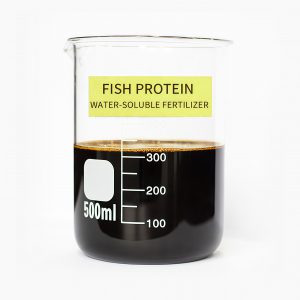

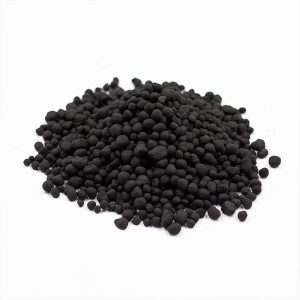
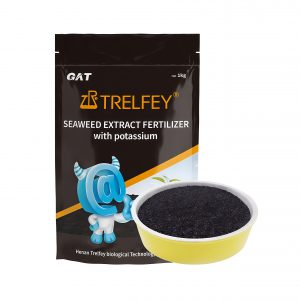
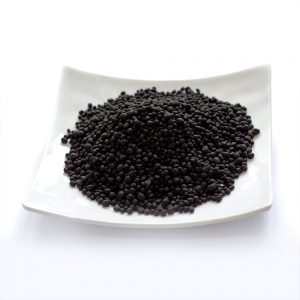
Harrison –
With the use of biochar fertilizer, the soil’s water retention ability is too strong! The fruit trees did not wilt in the dry season, and the fruit was very sweet!
Émilie Dupont –
Ce fertilisant organique a sauvé mon potager ! Mes légumes sont plus gros et plus savoureux. Je recommande à 100%.
Carlos Ortega –
Absorción inmediata! Mis hortalizas mostraron mejoría visible en solo 48 horas.
Lucie Beauchamp –
Formule moléculaire révolutionnaire. Mes plantes carencées ont retrouvé leur vigueur en 3 jours.
Luc P. –
Absorption ultra-rapide pour mes cultures hydroponiques.
Olivia Chen –
Instant plant food! Absorbed so fast my yellowing citrus greened up in 48 hours. Amazing bioavailability!
Patrick Lambert –
Absorption ultra-rapide ! Les plantes montrent une réaction visible en quelques jours seulement.
Dr. Lisa Chen –
Perfect choice
Emily Chang –
Fast absorption! Quick green-up.
Mark –
Quick absorption and great results.
Zoe –
The plants absorb this so quickly. You see a difference in days, not weeks. Great for quick corrections.
Brandon Young –
This small molecule organic fertilizer is easily absorbed by plants. I see faster and better results!
Mark –
I went to China to visit. Trelfey is a very powerful factory that can be trusted.
Claire B –
Absorption très rapide par les plantes. Idéal pour une nutrition foliaire d’appoint.
Jenny –
Very good
Mark Taylor –
Very fast absorption.